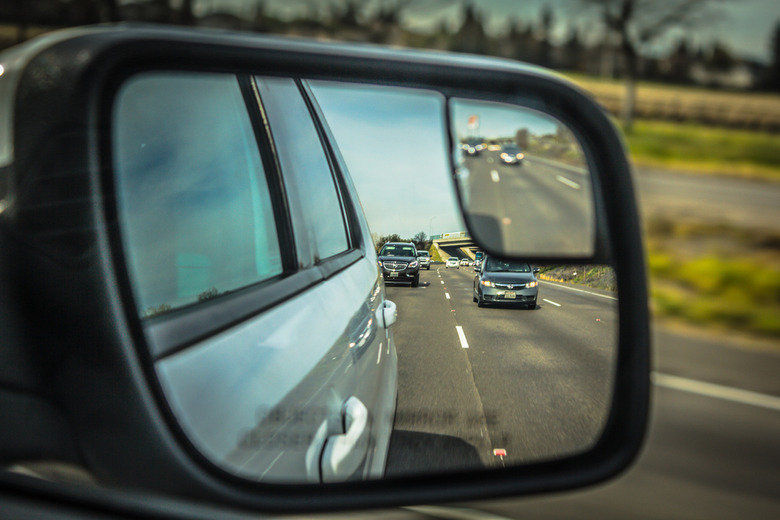Mastering the Two-Second Rule: Essential Tips for Safer Driving

by AutoExpert | 5 February, 2025
Ever heard the advice to leave "two seconds" of space between your car and the one in front? It's golden advice that pops up everywhere from driver's ed to those articles about driving safely. If it's been a while since you've been in a driving class, you might be wondering, "What exactly does 'two seconds' mean, and how do I measure that?"
Here’s how you nail it: The trick is super straightforward—use the time-lapse method:

- Spot a Marker: Find something stationary on the side of the road, like a streetlight or a sign.
- Start Counting: As soon as the rear of the car ahead passes that marker, count to yourself "one thousand one, one thousand two." It’s a rhythm thing to keep you from counting too fast.
- Check Your Spot: If you haven't passed the marker by the time you hit "two," you’re good. If you pass it before you finish, slow down a bit—you’re too close for comfort.
This method is brilliant because it scales with your speed. It doesn't matter if you're driving fast on the highway or slow in city traffic; two seconds will always give you the space you need.

Why does it even matter? Perfect driving conditions—clear skies and dry roads—are ideal for sticking to the two-second rule. But when things get dicey, like in rain or fog, or when the road's a mess, you've got to tweak it:
- Nasty Weather: Slick roads from rain or ice mean your car won’t stop as quickly.
- Poor Visibility: If it's foggy or dusty, or if construction is messing with visibility, that extra room becomes a lifeline.
- Rough Roads: Gravel or dirt can reduce your car’s grip.
- Towing Something: Hauling a trailer or a boat? That extra weight means you need more room to stop without a scare.
Bumping up your following distance in these scenarios isn’t just cautious; it's a must.

What’s the big deal anyway? Keeping that buffer could prevent a fender bender—or worse. Rear-end crashes are making up nearly half of all two-car smash-ups, and sadly, they're often deadly. Plus, there’s a perk to driving safely: many insurance companies cut you a deal on premiums for being a cautious driver. No accidents or tickets for a while? Cha-ching—savings on your car insurance.
So, the takeaway? Driving is about safe arrivals, not just fast ones. Giving yourself that two-second buffer is one of the easiest ways to ensure you and everyone else on the road get to where you’re going safely. Remember, those two little seconds could be the difference between a normal drive and a really bad day.

















